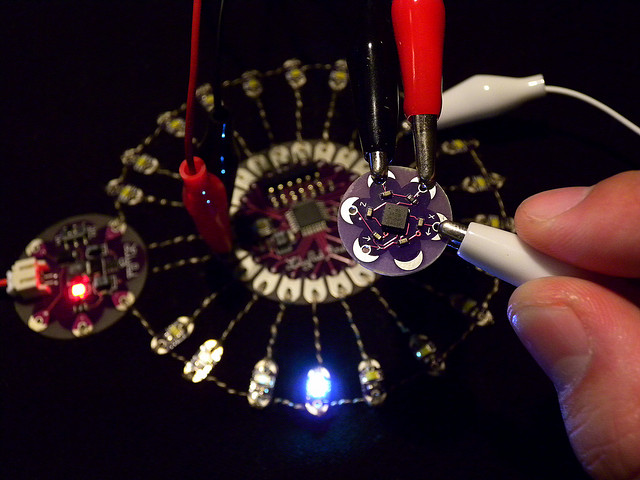An accelerometer so good that only quantum mechanics limits it
Ars Technica » Scientific Method 2012-12-07

We take it for granted now, but the fact that you can flip your phone from portrait to landscape mode depends on accelerometers. As everyone knows, though, the damn things often get it wrong, leaving you staring at a screen that refuses to reorient until you give it a good shake. One of the reasons for the screen refusing to orient correctly is that accelerometers have to balance sensitivity to small changes with the speed of response—a slow accelerometer is a sensitive accelerometer.
This compromise, however, is also due to fabrication limitations. A recent paper in Nature Photonics shows that clever fabrication can result in an accelerometer that is both fast and sensitive.
An accelerometer works by sensing the motion of a suspended test mass. If suspended test mass doesn't mean a lot to you, think of a device containing a bit of hardware consisting of a spring attached with a weight at the end of it. Every time the device moves, the acceleration will set the mass in motion: the direction and vigor of the acceleration are reflected in the direction and amplitude of the spring's oscillations.
Read 12 remaining paragraphs | Comments